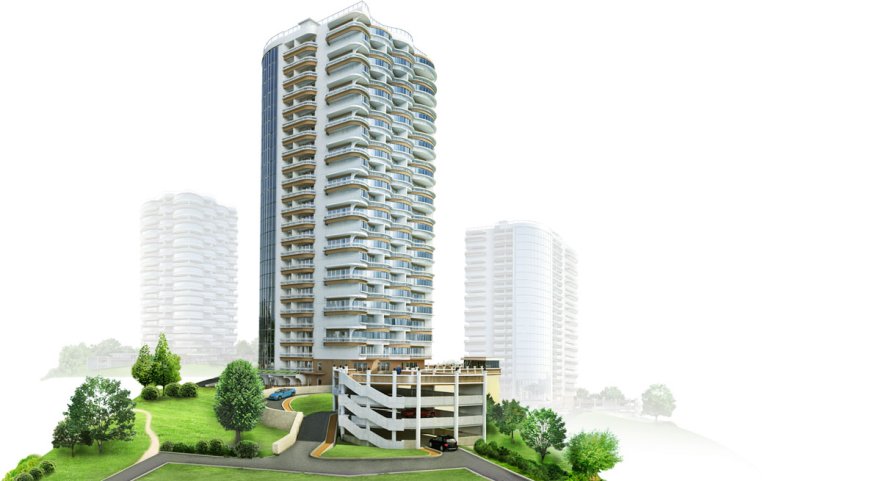Greener India through sustainable construction in real estate

India, as one of the world's fastest-growing economies, has undergone rapid urbanization, infrastructure development, and construction. While these developments have propelled the nation forward, they have come at a significant environmental cost. The construction sector, a major contributor to India's Gross Domestic Product (GDP), has also contributed to a rise in construction dust pollution. In response, there is a growing demand for sustainable and environmentally conscious practices in the real estate industry, with a heightened focus on energy efficiency and eco-friendly materials.
Real estate players, such as developers and investors, are realizing the importance of being environmentally friendly. In India, the real estate association, CREDAI, has teamed up with the Indian Green Building Council to help its members create eco-friendly housing projects. CREDAI aims to get certification for 4,000 such projects, showing a united effort in the industry towards sustainability.
Sustainable construction practices revolve around several key pillars, including energy efficiency, the utilization of renewable resources, waste reduction and recycling, and energy conservation. Developers are actively integrating eco-friendly building materials such as recycled products, low-VOC paints, advanced insulation solutions, solar panels, and rainwater harvesting systems. These measures aim to not only curtail energy consumption, but also minimise carbon emissions.
The advantages of sustainable construction are multifaceted, encompassing reduced energy consumption, lower operational costs, decreased carbon emissions, and improved indoor air quality. Buildings constructed sustainably contribute to a healthier indoor environment through efficient ventilation, natural lighting, and the use of non-toxic materials. Additionally, the inclusion of green spaces not only promotes mental well-being and productivity, but also aligns with the broader goal of conserving natural resources and mitigating the impact of climate change.
Recognizing the important role of the real estate sector, various government initiatives and subsidies have been implemented to encourage eco-friendly building practices in the residential space. Notable schemes include Green Rating for Integrated Habitat Assessment (GRIHA) and Leadership in Energy and Environmental Design (LEED) certifications. Builders of green constructions can avail themselves of low-interest loans provided by the Indian Renewable Energy Development Agency (IREDA), increased floor area ratio (FAR), and tax rebates. Green buildings also enjoy expedited approvals and inspections, providing further incentives for embracing sustainable practices.
The real estate industry is undergoing a transformative shift towards sustainability, with collaborative efforts from CREDAI and IGBC playing a crucial role. This commitment emphasizes the promotion of eco-friendly projects and the integration of various sustainable construction practices, ranging from energy efficiency to the use of eco-friendly materials and the reduction of waste and operational costs. Government support, through initiatives like GRIHA and LEED certifications, coupled with financial incentives, has not only made sustainable construction environmentally responsible but also financially advantageous.
Real estate, in this context, transcends its conventional role of erecting structures; it becomes a catalyst for creating healthier, more livable spaces that enhance the well-being of residents and contribute to a greener and more prosperous India. As the industry continues to evolve, embracing sustainability is not just a choice but a necessity for a future that harmonizes economic growth with environmental stewardship.

Author
Rohit Gupta,







